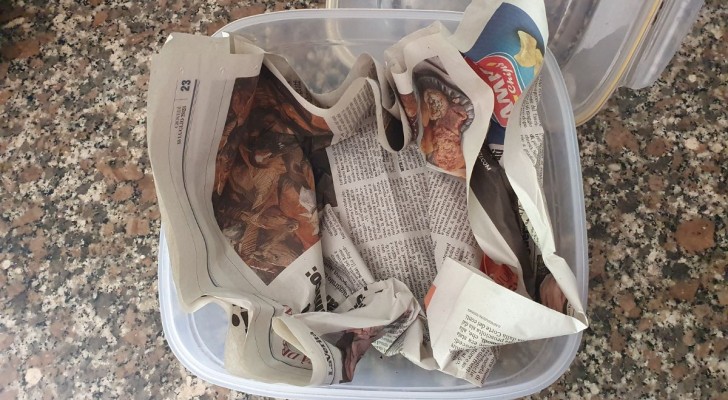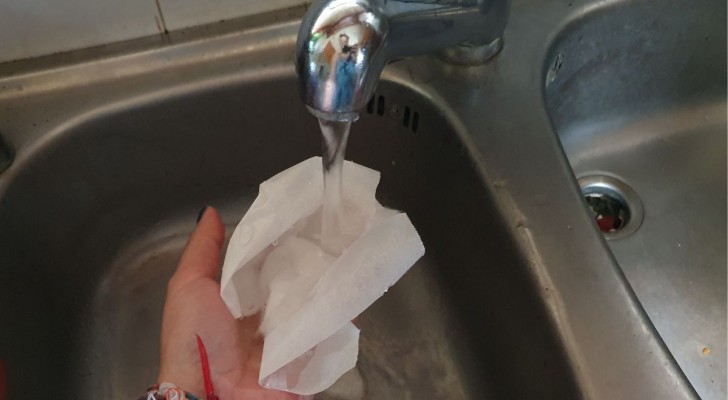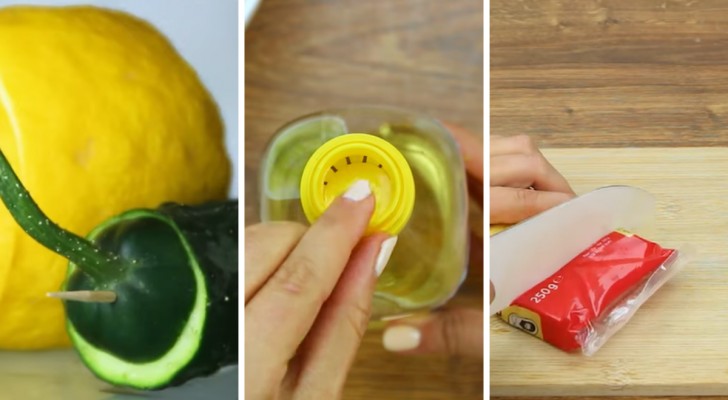Moths in the pantry? Protect pasta, rice and flour with these helpful strategies
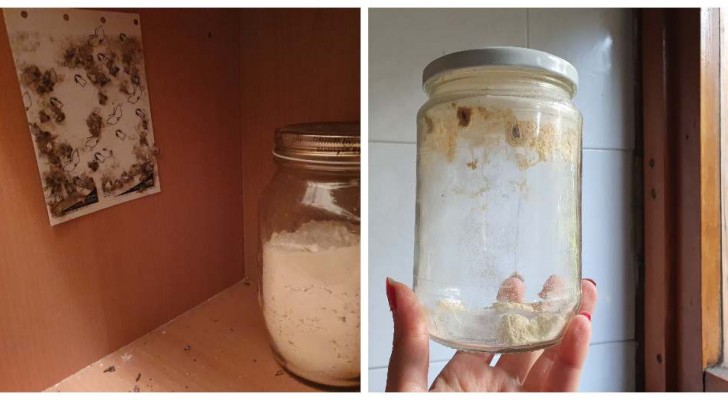
Who has never found moths in the pantry? These are known as food moths, which attack foods such as flour, bread, pasta, rice, sugar and legumes that are not sealed or, better, hermetically sealed. This happens in the hottest periods and very few moths are sufficient to infest all the foods present as these insects reproduce very easily and quickly.
It is therefore advisable to periodically check your stored food - especially open foods - and, if you notice something suspicious, immediately implement precautionary measures useful to get rid of the infestation. From inspection to final resolution, it is advisable to follow a series of well-defined steps to obtain the desired results.
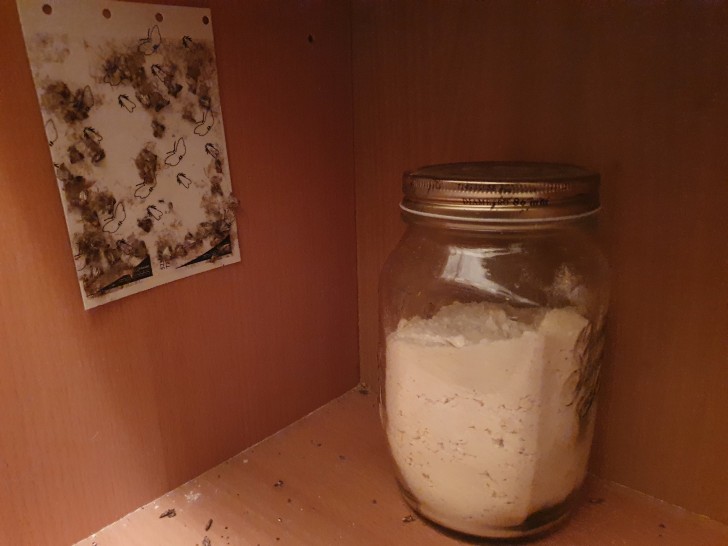
Creativo
To achieve the goal and "win the battle of the moths", proceed as follows:
- Begin your battle against the moths by doing a thorough inspection. Proceed carefully checking, one by one, the boxes, bags and open containers of the foods that we have listed above and that are the favorites of these pests. If there are small holes, cobwebs or small larvae, you have a problem. Whatever the case may be, throw the infested food items away immediately, keeping and sealing only that which appears to be intact and without any unwanted "guests".
- At the end of the inspection phase, empty the pantry and proceed with cleaning it. Remove the bulk of the dirt with a cloth and then vacuum to make sure you have cleaned everything. Also remember that you will have to empty the vacuum cleaner immediately afterwards to prevent the larvae from reproducing in there too.
- The next stage of cleaning involves disinfecting. You can use hydrogen peroxide, disinfectant products such as ammonia, or dilute a little bleach in plenty of hot water. Wipe everything down with a cloth soaked in the liquid you have chosen. Then rinse off with another wet cloth and finally dry properly with a third, dry cloth.
- Use repellent sprays and adhesive traps, which are readily available in shops. These will be able to catch any remaining insects.
- Let the pantry dry out and properly ventilate. Only once this is done, put the uncontaminated food back in airtight containers, continuing, from time to time, to check that there are no new infestations.
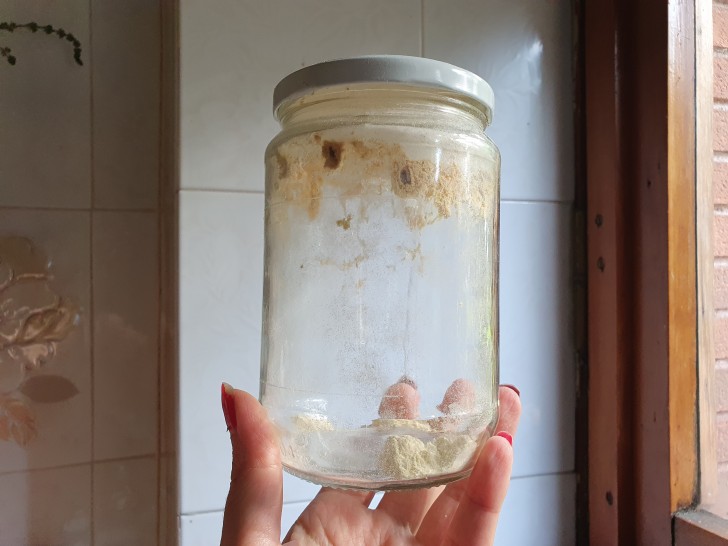
Creativo
There are also natural remedies useful for repelling and inhibiting food moths and their reproduction - but it is a good idea to use them for the prevention of infestations and to keep the environment safe for pets. We are talking about vinegar, lemon or bicarbonate diluted in water to clean surfaces and essential oils and aromatic herbs such as bay leaves and cloves, used as "green" repellents. Spraying these elements in critical areas, will help you in your efforts.
A final precaution, and no less important, is to thoroughly disinfect any jars or containers from which you have removed contaminated food. It is not sufficient to wash them normally, and they must be treated with disinfectants and, possibly, sterilized in boiling water if you want to reuse them. Otherwise, remaining larvae will contaminate everything all over again.
If you have the misfortune of having to deal with this problem, you just need to bite the bullet and get to work.


